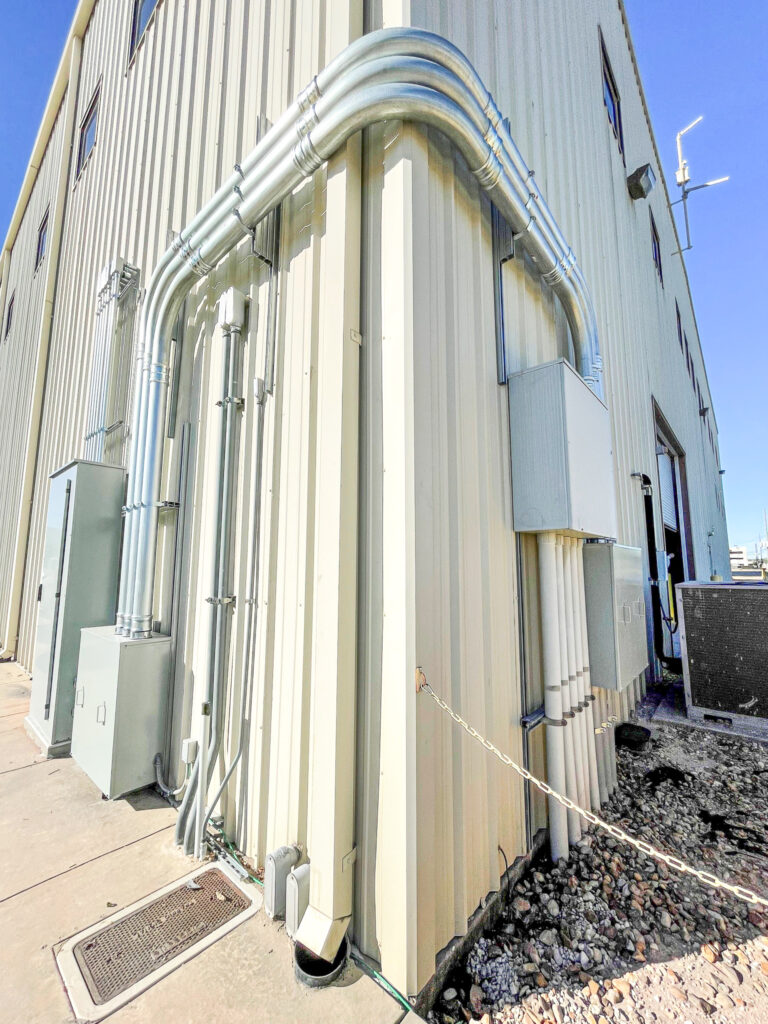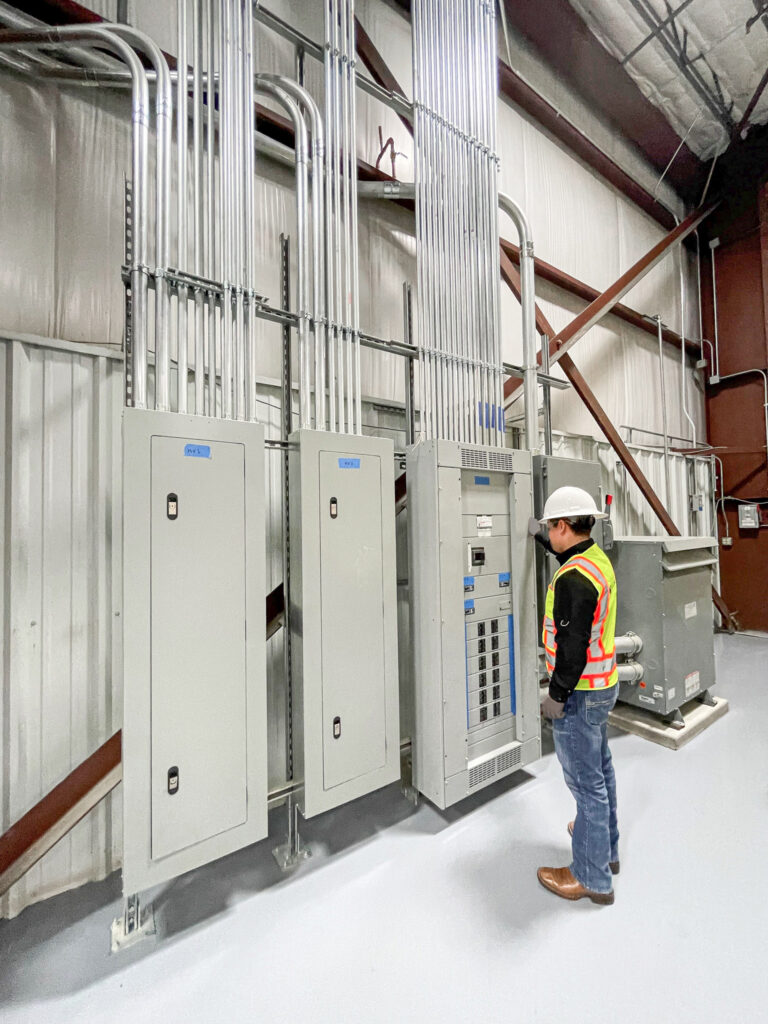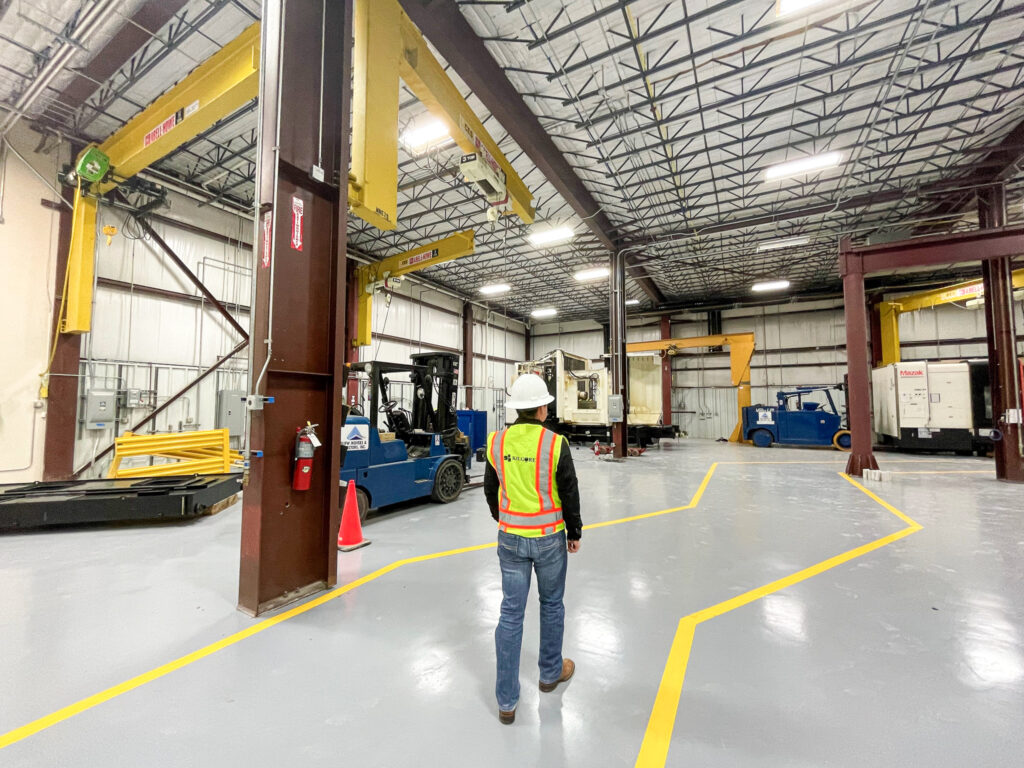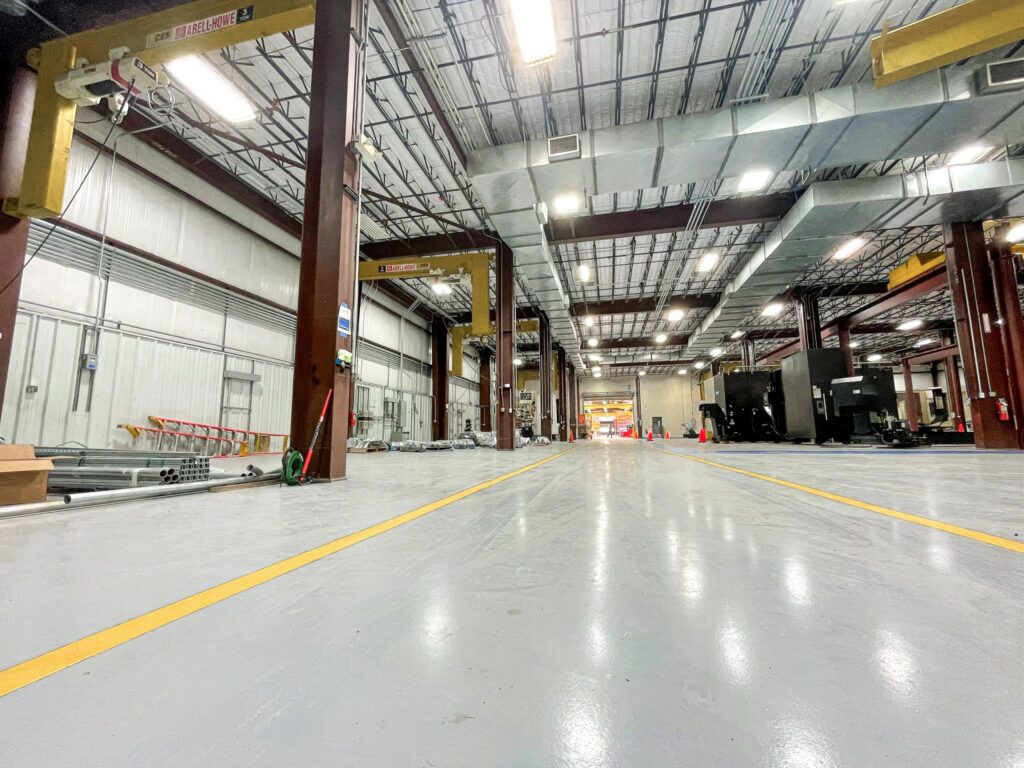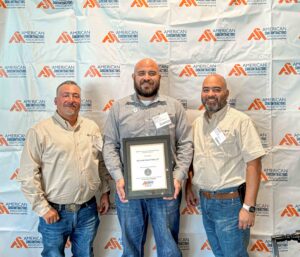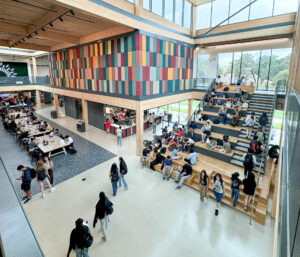Retrofit projects are an attractive, cost-effective investment that typically has the potential to maximize an existing space rather than venturing into new construction.
However, this may not be the case for all retrofit projects, as there’s always an exception to the rule. From a construction perspective, tackling a retrofit project means carefully looking at the scope of work and determining how to efficiently complete the task at hand while mitigating those unknown challenges that may arise.
Overcoming the Challenges of an Electrical Retrofit Project
let’s take a close look at an electrical retrofit project for an Oil & Gas manufacturing facility located in Houston, Tx. The project required the installation of 40-manufacturing machines that urgently needed to be incorporated into the client’s production efforts with a few challenges that needed to be managed in a timely manner.
Kilgore’s in-house team of designers began evaluating the scope of work by assessing the load sheet. The technical document contained granulated specs on every machine and the predetermined layout of where each machine would be placed. A load study was performed to determine the existing electrical service capacity and the average electrical usage. This valuable information would determine the amount of amperage and additional upgrades needed to adequately supply power to the new equipment. The study indicated that the system had an existing 2000 amps service capacity, for which 600 amps were typically used. After some calculations, it was determined that an additional 1200 amps of service would be needed. With the technical information at hand, Kilgore’s designers began detailing the new electrical system in conjunction with the load sheet specifications and load study findings.
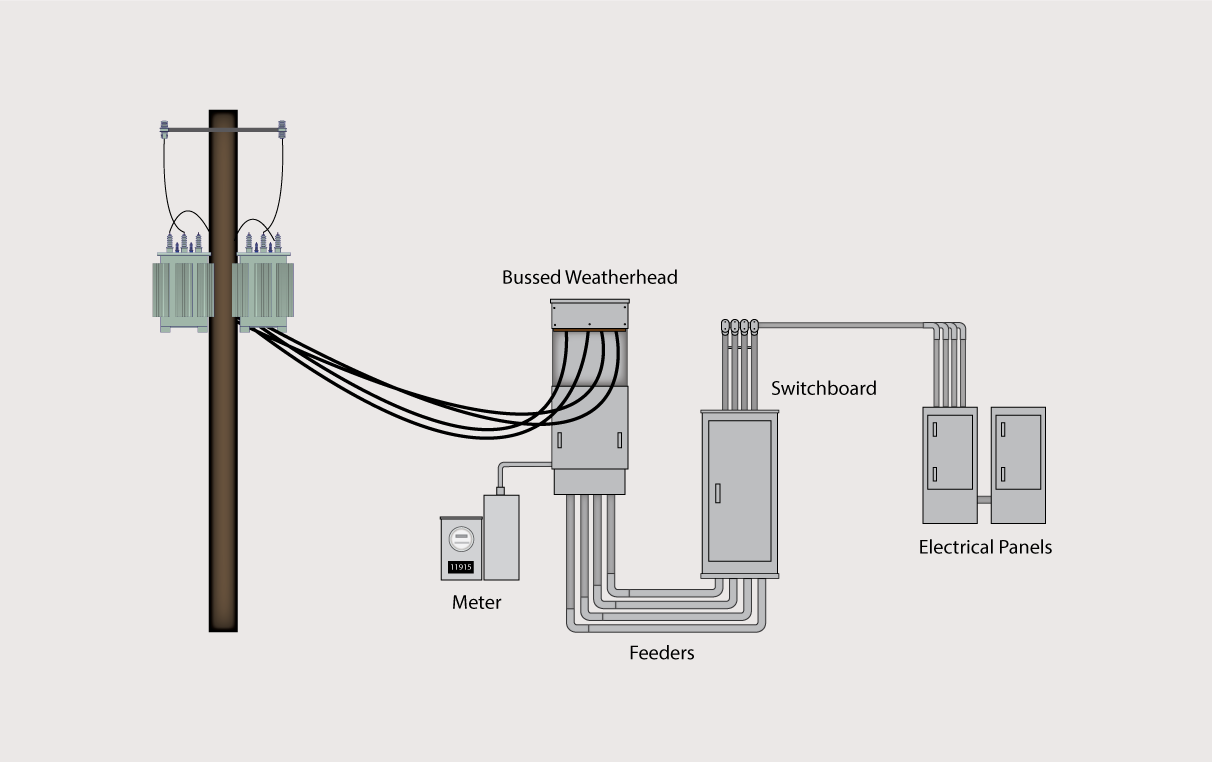
DISCLAIMER: The illustration in this article is to provide a visual aid and is not to be considered an engineering document, used as technical data, or counsel on any Jobsite.
The crew began to work on the interior section of the facility by placing conduits to their predetermined location and began pulling wire. A common term used when electrical wires are driven inside the conduits. Once the task was completed, the crew began to work on the feeders–followed by the installation of electrical panels; a section where all the branching lines are housed.
Section two of the retrofit project was located outside the manufacturing facility and presented a few challenges with the weather and a tight 3-day timeframe to perform the work. First, the crew needed to decommission the existing 2000-amp bussed weatherhead, for which a power shutdown with the local utility transmission company had to be scheduled. For the Client, this meant an interruption to their daily operations. Therefore, the power needed to be restored as promptly as possible so that production and office personnel could resume their day-to-day operations.
The replacement process began by removing the old service system and installing the new 3000-amp bussed weatherhead. During this process, the outside temperature began to drop considerably, which presented a challenge. The freezing weather began to negatively impact the flexibility of the copper wire as the crew attempted to complete the connections. Cold weather can adversely affect copper wires to become brittle and damage their overall integrity.
To safely complete the installation, the crew employed a few techniques that allowed them to carefully work the wires to the desired bend, which enabled them to finalize the electrical connections. The transmission company began commissioning the system, followed by the oil & gas engineering team performing tests and software configurations. The project was successfully delivered on time despite the unforeseen challenges.
Success on an oil & gas manufacturing project means having a crew with paramount technical background that can deliver the project on time and under budget. In order to attain this goal there are numerous variables that come into play. Such as having the proper equipment for the job, extensive time management experience, relying on real-time data, having solid vendor partnerships, and employing a continuous safety practice in the workplace.

